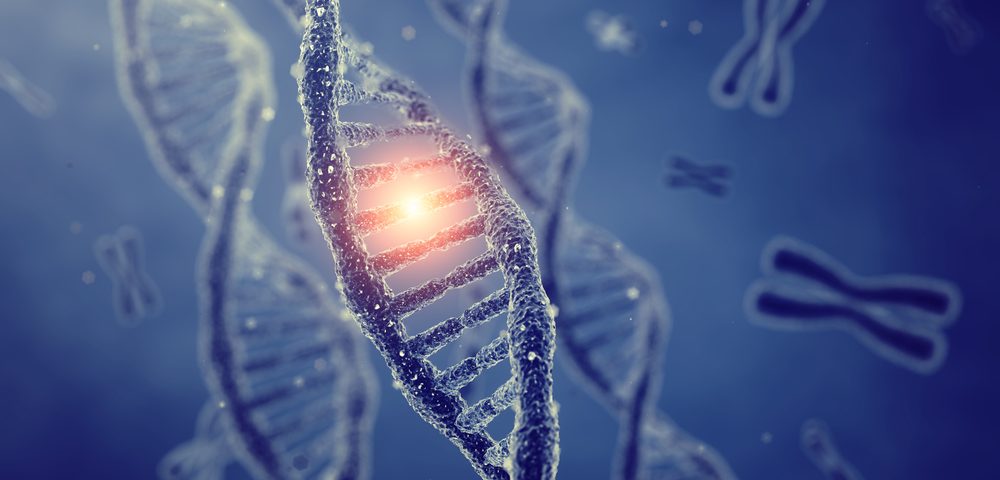Researchers found that variations in three genes that provide instructions for immune cell receptors were linked to a higher susceptibility for endometriosis and disease progression.
The study, “The impact of HLA-G, LILRB1 and LILRB2 gene polymorphisms on susceptibility to and severity of endometriosis,” appeared in the journal Molecular Genetics and Genomics.
The processes underlying the onset of endometriosis remain largely unknown, but some studies suggest that impaired activity of natural killer (NK) cells – key cells of the immune system – may play a role in initiating and promoting the disease.
Certain receptors, such as killer immunoglobulin-like receptors (KIRs) and leukocyte immunoglobulin-like receptors (LILRs), are known for regulating the activity of several types of immune cells, including NK cells, when bound to their ligands, the human leukocyte antigens (HLA). A specific HLA, HLA-G, was previously found in ectopic (outside of the uterus) endometrial tissue.
The authors of this study previously established a link between the “NK cell receptor KIR2DS5 gene and its potential ligand HLA-C C2 with endometriosis.”
Now, they extended their analysis to other genes that may influence the immune system control of endometrial cells. Specifically, they focused on variations – called single nucleotide polymorphisms or SNPs – within the genes that provide instructions for KIR2DL4, LILRB1, and LILRB2 receptors and their ligand HLA-G, and how they influence patients’ susceptibility to endometriosis and its progression.
SNPs are a single natural variation in the DNA, where one nucleotide (building block) is changed for another.
They used blood samples to isolate DNA from 276 patients with endometriosis and 314 healthy fertile women. In this study they analyzed eight SNPs – three in the HLA-G gene, two in the LILRB1 gene, another two in the LILRB2 gene, and one in the KIR2DL4 gene.
The results showed that the variations analyzed in the HLA-G, LILRB1 and LILRB2 genes were linked to endometriosis severity. No association was found with those in the KIR2DL4 gene.
Two of the SNPs analyzed in the HLA-G gene – called rs1632947 and rs1233334 – showed protective effects against disease susceptibility and progression.
Two other SNPs – the rs41308748 in the LILRB1 gene and the rs383369 in LILRB2 – predisposed patients to endometriosis and to more aggressive states of the disease.
Overall, “our results suggest that HLA-G and its receptors LILRB1 and LILRB2, but not KIR2DL4, may play a role in elimination of ectopic endometrial cells and in development of the disease,” the study concluded.

